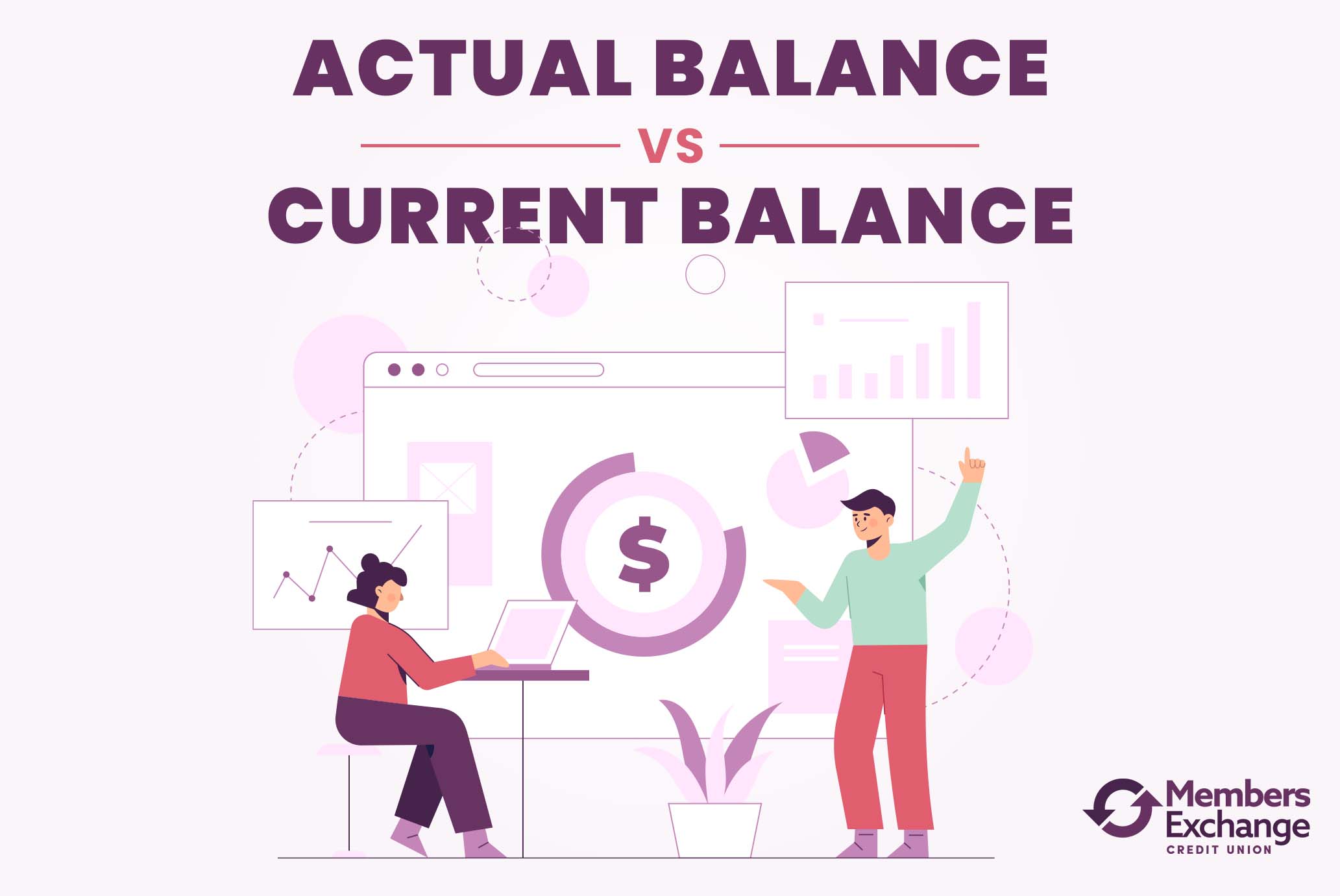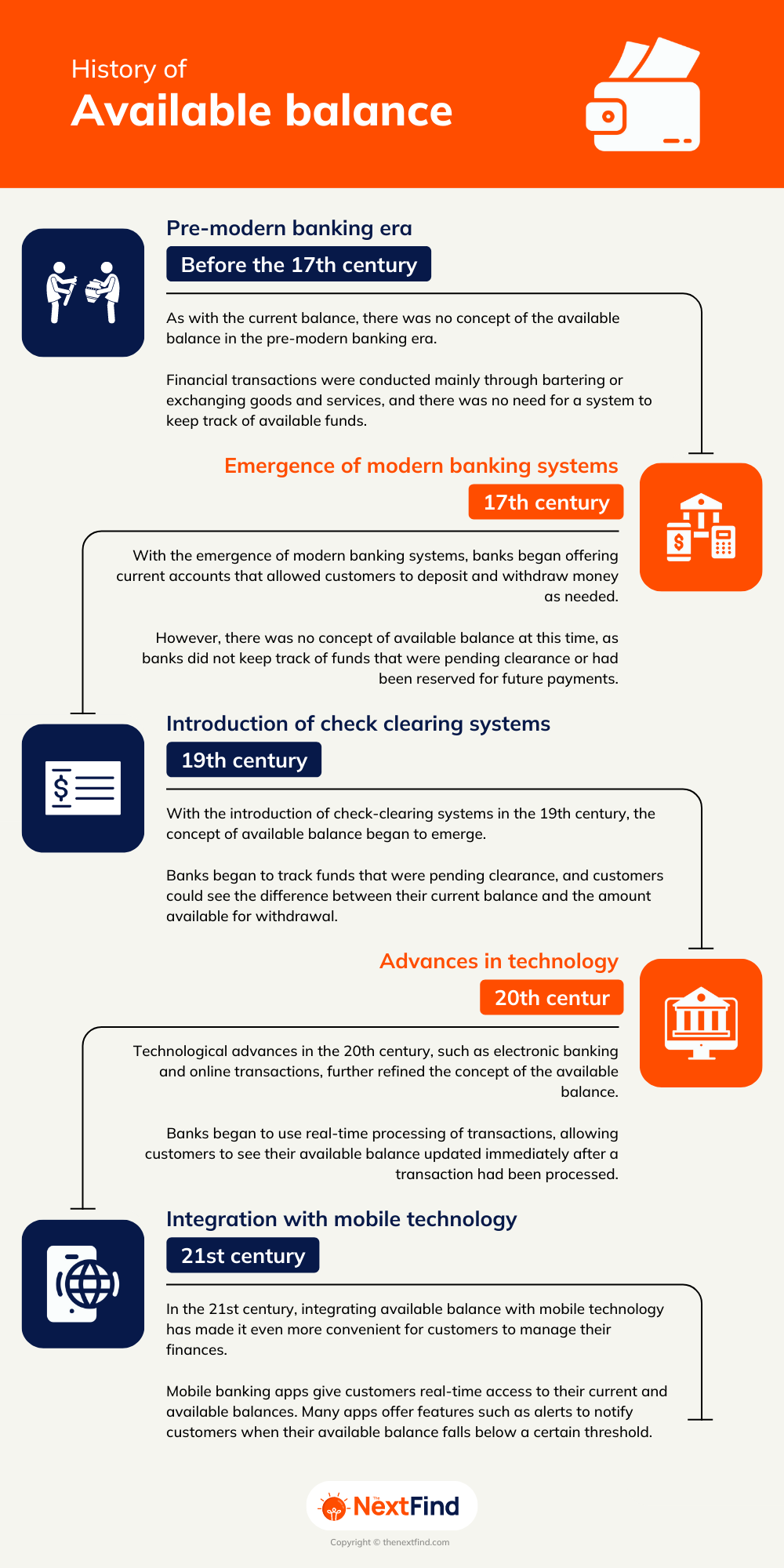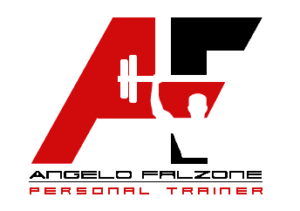Current balance vs available balance: What’s the difference?

With a normal hold, some of the funds may be available on the same day and the remainder the next business day or two business days later. You’ll probably be able to tell what your current balance is simply by checking your online account through your web browser or mobile app. You’ll also be able to get the information by visiting your local bank branch and speaking with a teller or checking an ATM. GOBankingRates’ editorial team is committed to bringing you unbiased reviews and information.
Consider overdraft protection
The Available Balance is the amount of money you can spend or withdraw without incurring overdraft fees or having transactions declined. Your available balance accounts for all pending transactions and is generally the amount your bank will allow you to spend without charging overdraft or insufficient fund fees. However, uncashed paper checks or upcoming automatic withdrawals may not be included, so keeping track of upcoming transactions is essential. Your total and available balances may vary if your account has pending check deposits, debit card purchases and ATM transactions that haven’t cleared the account yet.
- A customer may be able to withdraw funds, write checks, do a transfer, or even make a purchase with their debit card up to the available balance.
- The article was reviewed, fact-checked and edited by our editorial staff prior to publication.
- Julia Kagan is a financial/consumer journalist and former senior editor, personal finance, of Investopedia.
- For credit cards, the available balance reflects all of the transactions from the previous business day that have posted to the account.
- Or, if you know you’ll need $200 tomorrow, and your bank doesn’t know that, leave at least $200 in your available balance.
- Overdraft protection is a feature offered by many banks that allows you to link another account, such as a savings account or a line of credit, to your checking account.
How to Avoid Interest Charges
If you want to know how much you can spend with your debit card or take out at an ATM, look at your available balance. After logging into your bank account, you’ll likely see your present balance and your available balance—and they might not add up to the same number. Your available balance factors in any pending transactions and tells you what’s currently available for you to spend. Your present account balance tells you how much cash is in your account at any given moment. Your available account balance considers pending transactions and shows how much money you actually have access to.
Spending Insights
Like your current balance, you can usually view your available balance via your online account or mobile app, or by checking with a bank teller or ATM. You should always use the available balance to determine how much money you have available for purchases and withdrawals. Otherwise you might overdraw your account if you spend based on your account balance and it is higher than your available balance. Cash App is a peer-to-peer payment service that also offers business transactions and banking services. Regardless of which balance you check, the ultimate goal is to avoid overdrafts on your account. While keeping a cash cushion in your checking account is a good idea, it can take time to build, especially if you live paycheck to paycheck.
One common reason for the confusion is that some shops and retailers show as different names. For example, things you’ve bought from Argos or Homebase might show as Home Retail Group. To help, we’ve put together a list of companies (PDF, 56KB) whose transactions are often disputed.
Reasons the available balance and current balance don’t match up
If the bank made those funds available immediately and you spent them, then you might not have enough money in your account to return to the bank. If you deposit a fraudulent check, the bank will deduct the amount of the deposit from your account when it discovers that it can’t collect on the check you deposited. Differences in current and available balance can also happen when you make a deposit. For example, your bank might not make all of the money from a check deposit available at once. If you have a joint account, first check whether the other person knows what the transaction is. You can also find out more about unknown transactions to help you work out why you might not recognise a payment.
Your current balance, sometimes called your present balance, is the money in your account, including all deposits and debits posted up to that date. It does not include unposted debits or credit transactions, so your current balance is often different (and sometimes higher) than your available balance. Your available balance shows the money in your account, including pending transactions. You may get charged an overdraft or, if you’ve opted out of overdraft protection, your internet bill payment might even get declined. If you fail to do so, any resulting overdraft fee you incur would be added to the deficit in your account.

Banking services provided by Community Federal Savings Bank, Member FDIC. Banking services provided by nbkc bank and partners of Synapse, Members FDIC. Rocket Money makes it easy to budget using custom spending categories to reach your goals.
Mixing up the two may lead to overdrafts and fees if you aren’t paying attention. Keeping your current balance and available balance straight can take a little practice, so keep reading to learn the difference and how to avoid overspending. Most banks show your posted balance sometimes also known as your current balance, as well as your available balance. At times, your available balance may be different from your current balance, especially if you just deposited a check or you’ve made a purchase but there are delays in the posting process. But if you use your debit card regularly or you recently deposited a large check, the two balances may be different.
In a checking account, the available balance is the amount of money that the account holder can withdraw immediately. The current balance, by contrast, includes any pending transactions that have not yet been cleared. Up to this point, we’ve been talking about checking and savings accounts. what is the difference between account balance and available balance Your card’s statement balance is the amount you owe at the end of a billing cycle. Your current balance, on the other hand, is your total outstanding balance as of today. Pending transactions can reduce your available credit but may not be included in your current balance.
5 IRA Contributions are subject to aggregate annual limits across all IRA plans held at American Express or other institutions. IRA distributions may be taxed and subject to penalties based on IRS guidelines. Required minimum distribution, if applicable, is only relevant to this IRA plan and does not take into consideration other IRA plans held at American Express or other institutions. We recommend you consult with a financial or tax advisor when making contributions to and distributions from an IRA plan account. Current Balance is the total amount in your account that is accruing interest. It may include amounts which are subject to a hold or are not yet available for transfer.
